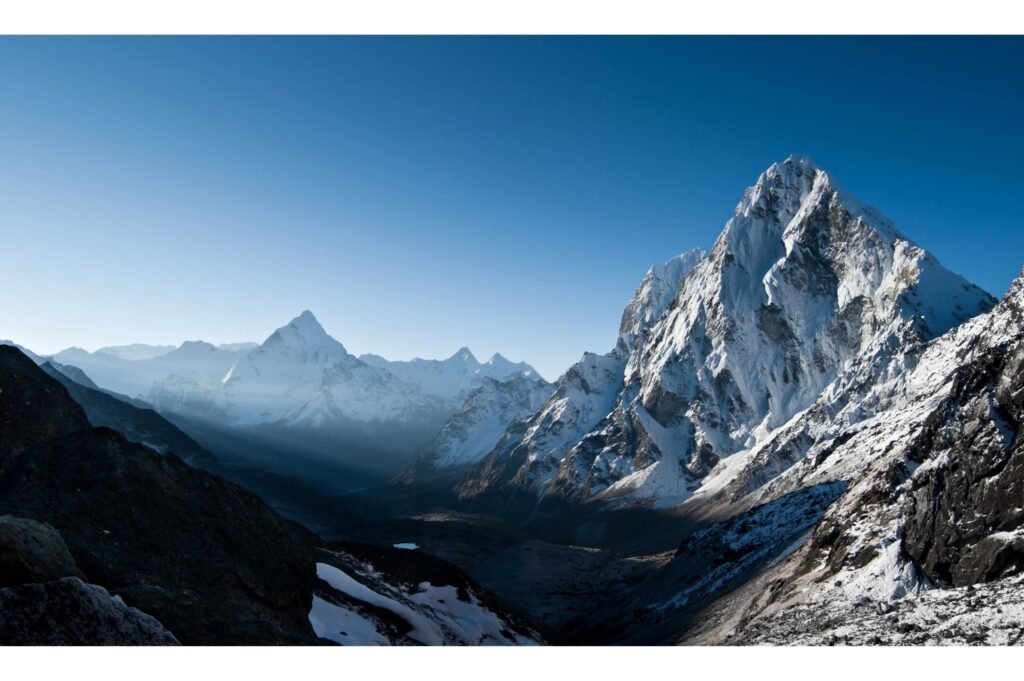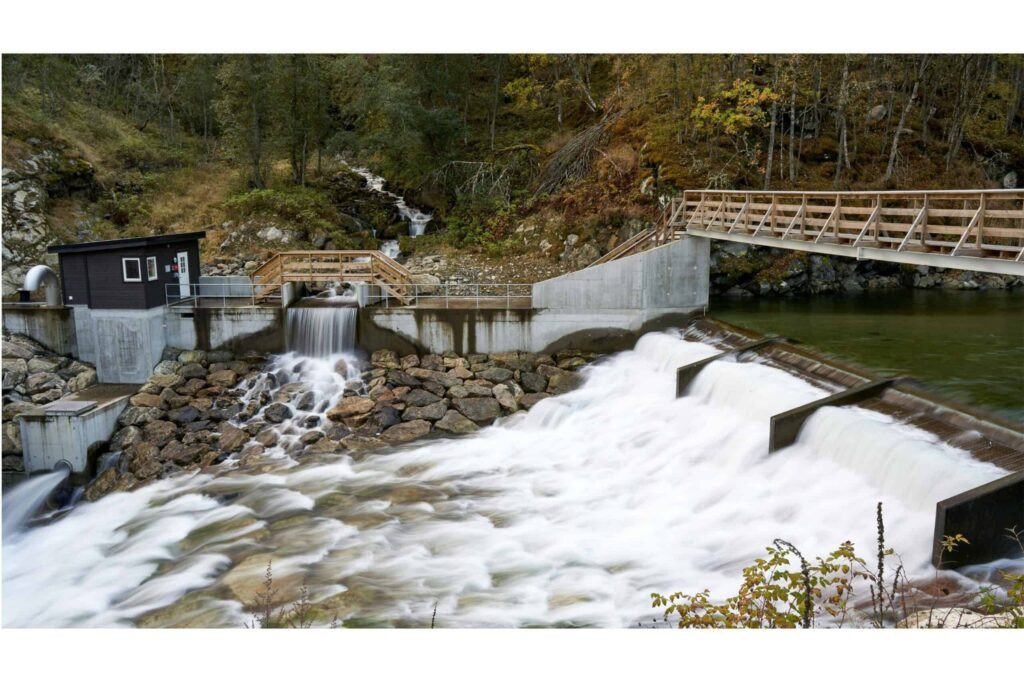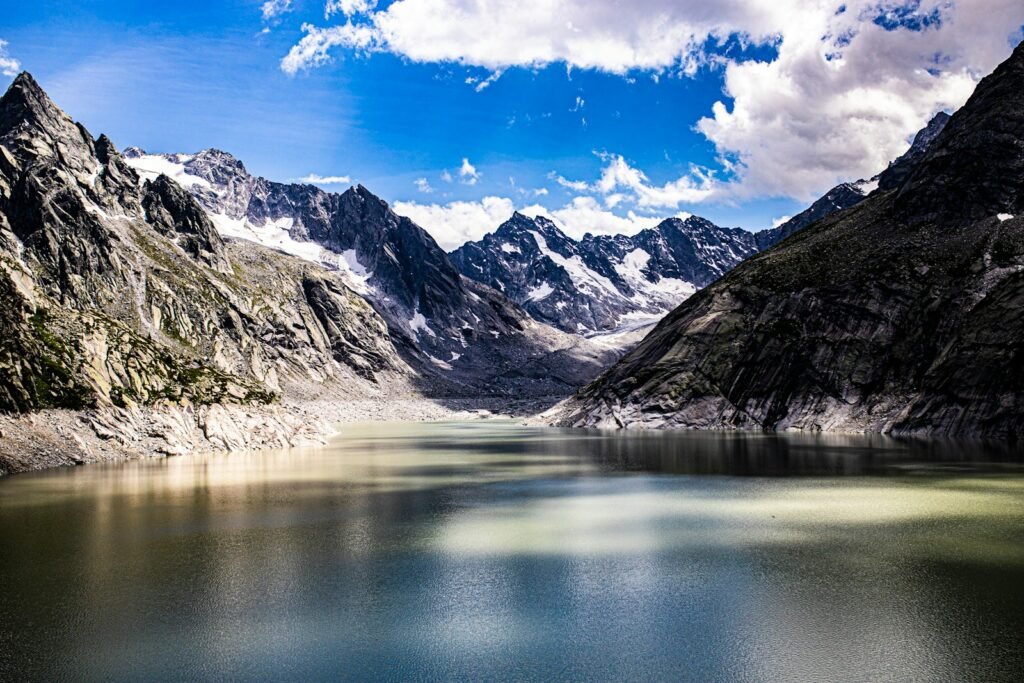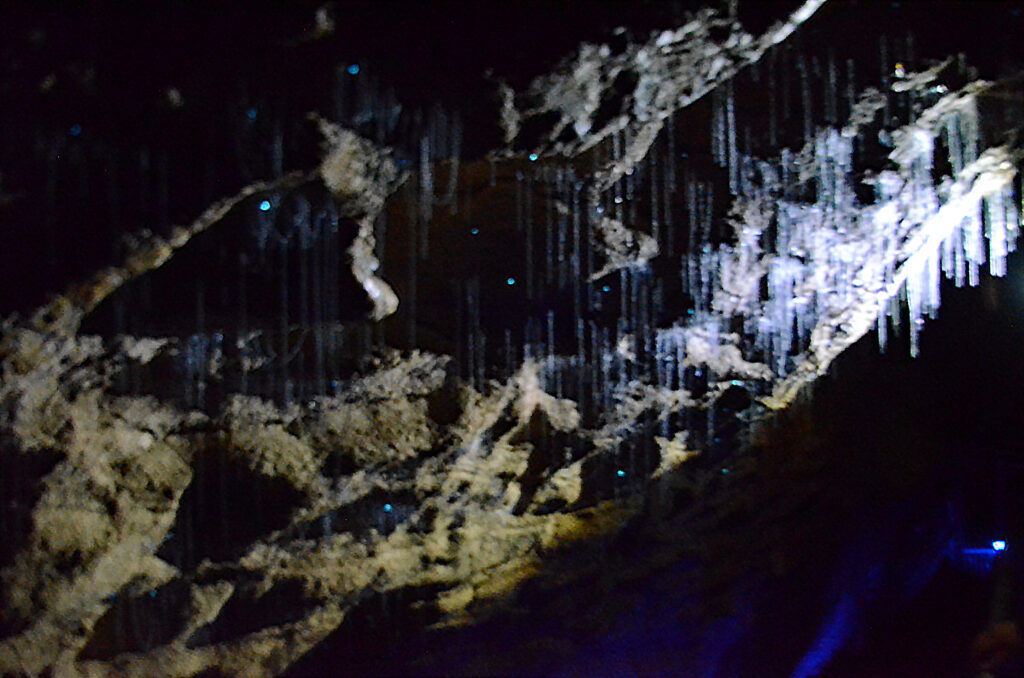For centuries, the majestic Himalayan range has stood as a symbol of might and mystery. However, beneath the serene beauty of these snow-capped peaks lies a pressing reality: the Himalayan glaciers are melting at an alarming rate. This phenomenon doesn’t just alter the landscape but holds significant implications for India’s environment, economy, and population. As the world’s climate warms, understanding the repercussions of glacial melting becomes imperative for future planning and sustainability in India.
The Importance of Himalayan Glaciers

The Himalayas are considered Asia’s water towers. They supply water to major river systems like the Indus, Ganges, and Brahmaputra, which collectively support millions of people across several countries. These glaciers, therefore, play a crucial role in providing both drinking water and irrigation, essential for the food security of the region.
The Rate of Melting

Studies suggest that the glaciers in the Himalayas are retreating at an accelerated pace due to rising global temperatures. Research indicates that they could lose up to one-third of their ice by the end of this century if current trends continue. This rapid melting can drastically affect water availability, impacting agriculture, industry, and daily life in northern India.
Effects on Water Resources

Melting glaciers initially lead to an increase in river volumes, which might seem beneficial in the short term. However, as the ice reserves diminish, this will lead to reduced river flows in the dry season, causing water shortages. Such variability poses significant risks to agriculture, urban water supply, and hydropower production.
Impact on Agriculture

India, an agrarian economy, heavily relies on predictable water sources derived from these glaciers. Meltwater supports irrigation systems crucial for food production. Unpredictable water supply due to glacial melting may lead to crop failures, affecting national food security and farmer livelihoods.
Increased Flood Risks

The initial surplus of meltwater raises the flood risk during monsoons. The Himalayas’ fragile ecology makes the region susceptible to landslides and flash floods, posing danger to human life and infrastructure. Recent years have already seen several such devastating floods causing widespread destruction.
Consequences for Biodiversity

The Himalayan region is home to diverse flora and fauna, and ecological balance is sensitive to climatic changes. As glaciers retreat, ecosystems are disrupted, potentially leading to biodiversity loss. This could affect species that depend directly on these glacial environments for survival.
Shifts in Climate Patterns

Changes in glacial mass can influence regional climate patterns. Altered wind and precipitation cycles can have cascading effects on seasonal weather, potentially resulting in more severe droughts or wet spells, adding unpredictability to the region’s climate.
The Economic Repercussions

The impact of glacial melt extends to the economy, as agriculture, hydropower, and tourism sectors greatly depend on these water resources. Diminished glacial flow can lead to decreased energy production from hydropower and can affect the picturesque landscape vital for tourism.
Political Implications

Water scarcity in an already densely populated region can heighten existing tensions over water rights between countries sharing these river basins. This could complicate international relations and necessitate careful diplomatic navigation to maintain regional stability.
Potential Technological Solutions

Innovative technologies, such as ice-stupas in Ladakh, are being explored to mitigate the effects of glacial loss. These man-made ice reservoirs help store water in winter for use during warmer months. Extending such technologies could provide temporary relief to affected regions.
Policy Responses and Initiatives

Addressing the issue requires robust policy frameworks at national and regional levels. Collaborative initiatives with neighboring countries on river management and climate adaptation strategies are essential to devise effective solutions to the challenges posed by glacial melting.
Community Awareness and Adaptation

Local communities must be educated about climate change impacts and equipped with adaptive practices. Community-driven initiatives focusing on sustainable water usage and agricultural practices can help mitigate some effects of glacial retreat.
Global Responsibility and Climate Action

While local actions are crucial, addressing the root causes of Himalayan glacier melting requires global commitment to reducing greenhouse emissions. International cooperation and adherence to climate agreements can play a pivotal role in curtailing the extent of glacial retreat.
Conclusion: A Call for Action

The melting of Himalayan glaciers is a wake-up call for India and the world. It underscores the urgent need for integrated efforts in climate adaptation, sustainable resource management, and international cooperation. As the lifeblood of millions, the future of these glaciers is inextricably linked with the future of the region. Addressing this challenge with foresight and resolve is paramount to ensuring sustainable development and resilience in the face of changing climatic realities.




